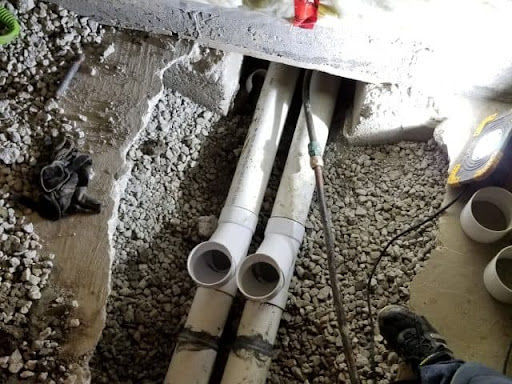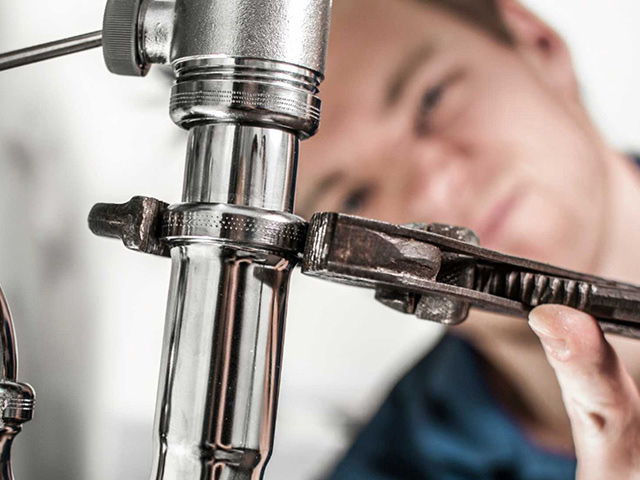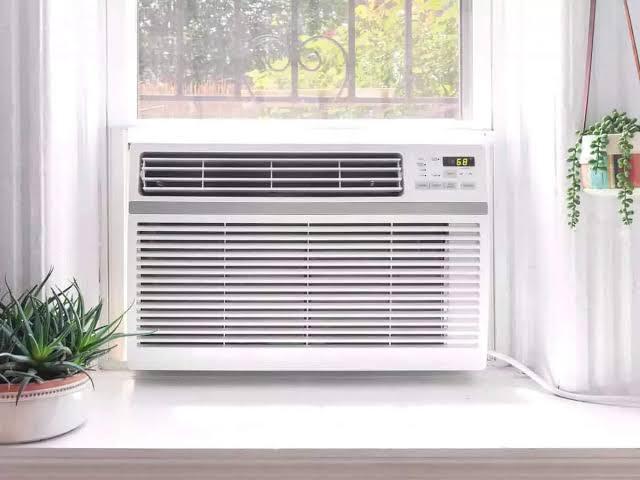Renovating a kitchen is an exciting endeavor, transforming one of the most utilized spaces in a home into a more functional, stylish, and enjoyable area. However, beyond the aesthetics of new cabinets, countertops, and appliances, the plumbing system plays a crucial role in ensuring the kitchen operates efficiently. Proper plumbing planning and execution can prevent costly issues down the line and enhance the overall functionality of the kitchen. Here are key plumbing considerations to keep in mind during your kitchen renovation.
1. Assessing the Existing Plumbing System
Before diving into a kitchen renovation, it’s essential to assess the existing plumbing system. This includes checking the age, condition, and layout of your current pipes and fixtures. If your plumbing is outdated, with old galvanized or lead pipes, it might be time for an upgrade to modern, more durable materials like copper or PEX (cross-linked polyethylene).
Assessing the plumbing also involves examining whether the existing water pressure and drainage are adequate for your planned kitchen layout. Inadequate water pressure or slow drainage can hinder the efficiency of new appliances and fixtures. A professional plumber can conduct a thorough inspection and identify any potential issues that need addressing before renovation work begins.
2. Planning the Plumbing Layout
The layout of your kitchen significantly influences the plumbing work required. When planning the layout, consider the location of the sink, dishwasher, refrigerator, and any other water-dependent appliances. Ideally, these should be positioned in close proximity to minimize plumbing costs and complexity.
The “kitchen work triangle” concept — which places the sink, stove, and refrigerator in a triangular layout — is a popular design principle that not only enhances functionality but also simplifies plumbing requirements. However, modern kitchen designs may incorporate islands, double sinks, or additional features that could necessitate a more complex plumbing setup. Are looking for the best 24 hour plumber? Feel free to visit their page for further info.
It’s crucial to map out the plumbing layout early in the renovation process. This allows you to plan for water supply lines, drain lines, and venting needs effectively. Early planning also helps in identifying if any walls need to be opened or if the floor needs to be accessed, which can impact both the timeline and budget of the renovation.
3. Selecting the Right Plumbing Materials
Choosing the right materials for your plumbing system is essential for ensuring durability and long-term performance. Common materials used in kitchen plumbing include:
- Copper: Known for its durability and resistance to corrosion, copper pipes are a popular choice for water supply lines. However, they can be more expensive than other materials.
- PEX (Cross-Linked Polyethylene): PEX is a flexible, cost-effective alternative to copper. It’s easy to install, resistant to scale and chlorine, and does not corrode or develop pinholes.
- PVC (Polyvinyl Chloride): Commonly used for drain lines, PVC is lightweight, easy to install, and resistant to chemicals. However, it’s not suitable for hot water supply lines.
The choice of material will depend on your budget, the specific needs of your kitchen, and local building codes. Consulting with a professional plumber can help you make an informed decision.
4. Installing a New Sink and Faucet
The sink and faucet are central to kitchen plumbing and are often the most used fixtures. When selecting a new sink, consider factors like size, depth, and material. Stainless steel, porcelain, and composite granite are popular choices, each with its own pros and cons.
The faucet should complement the sink and meet your functional needs. Features like pull-down sprayers, touchless operation, and high-arc designs can add convenience and style.
When installing a new sink and faucet, ensure the plumbing connections are compatible. This includes the hot and cold water supply lines, the drain assembly, and any additional components like a garbage disposal or water filtration system. Proper installation is key to avoiding leaks and ensuring the longevity of your fixtures.
5. Considering Additional Features
Modern kitchens often include additional features that require plumbing considerations:
- Dishwasher: The placement of the dishwasher should be near the sink for easy access to water supply and drainage. Proper installation includes ensuring the drain hose is correctly looped to prevent backflow and contamination.
- Refrigerator with Ice Maker or Water Dispenser: If your refrigerator includes these features, you’ll need a dedicated water line. This should be factored into the plumbing plan early to avoid complications later in the renovation.
- Garbage Disposal: Installing a garbage disposal requires a compatible sink drain and electrical connection. Proper plumbing connections are essential to prevent leaks and ensure efficient operation.
- Pot Filler: A pot filler faucet installed near the stove adds convenience but requires an additional water supply line. It’s an extra feature that can enhance your kitchen’s functionality if properly planned.

6. Addressing Venting and Drainage
Proper venting and drainage are critical to the kitchen’s plumbing system. Vents allow air to enter the plumbing system, which prevents the siphoning of water from traps and allows for proper drainage. Without adequate venting, you may experience slow draining or gurgling sounds.
Additionally, the slope of your drain lines should be correctly calculated to ensure wastewater flows efficiently to the main sewer line. Improper slopes can lead to blockages and frequent clogs, resulting in unpleasant odors and potential water damage.
If your renovation involves relocating fixtures or adding new ones, you may need to modify or add venting and drainage lines. Consulting with a professional plumber will help ensure that all modifications comply with local plumbing codes and operate effectively.
7. Budgeting for Plumbing Work
Plumbing costs can vary widely depending on the complexity of your kitchen renovation. Moving fixtures, upgrading pipes, or adding new features will increase costs. It’s important to budget for these expenses early in the planning process.
Hiring a licensed plumber can provide you with an accurate estimate of the costs involved and help avoid unexpected expenses. Additionally, professional plumbers ensure that all work complies with building codes and is performed to a high standard, which can save money in the long run by preventing issues like leaks or water damage.
8. Obtaining Necessary Permits
Depending on the scope of your kitchen renovation, you may need permits for the plumbing work. Local building codes often require permits for significant changes to the plumbing system, such as relocating fixtures, adding new water lines, or making major upgrades.
Working with a licensed plumber who is familiar with local codes and permit requirements can streamline this process. Obtaining the necessary permits ensures that the work meets safety standards and helps protect your investment in the renovation.
Conclusion
A successful kitchen renovation is more than just a cosmetic upgrade; it involves careful planning and execution of the plumbing system to ensure functionality, efficiency, and safety. By considering the existing plumbing, planning the layout, selecting the right materials, and addressing drainage and venting needs, you can avoid common pitfalls and enjoy a beautifully renovated kitchen that meets your needs for years to come. Always consult with a professional plumber to guide you through the process, ensuring that your renovation not only looks great but also operates seamlessly.





